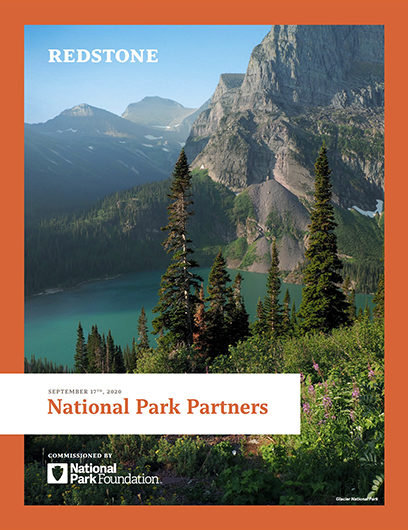A portrait of the national park partner community
National park partners exist across the country, operating in vastly different contexts and communities. The National Park Foundation (NPF) commissioned this report to better understand the organizations that comprise the community, the roles they play, and the issues they face. Redstone analyzed 990 tax returns from hundreds of partners and surveyed nearly 200 partner organizations to assess the landscape, estimate the scale and scope of partners’ contributions, and recommend actions to strengthen the community to better serve national parks, park visitors, and the National Park Service.
 A crucial player in the park support system
A crucial player in the park support system
The report and summary infographic provide a glimpse into the challenges, needs, and priorities of the partner community and opportunities for partnership, capacity building, and support. Some of the key takeaways are as follows:
- A robust, growing community of over 450 park partners reported over $600 million in estimated national park-related revenue and over 8,500 park-related employees – a much larger community than has been previously documented.
- Partners help parks thrive in myriad ways, including providing over $400 million in estimated annual direct and in-kind support to the National Park Service (NPS) and engaging over 100,000 volunteers.
- In 2020, COVID-19 substantially impacted partners causing many to reduce their paid staff and decrease their support to NPS.
- Partners identified important areas where they need additional support and tools such as fundraising and capacity building, particularly in areas such as communications; diversity, equity, and inclusion; and strategy.
Learn more
Do you have any questions about the report’s background, content, or implications for your own work? Please reach out. We’d love to help.
